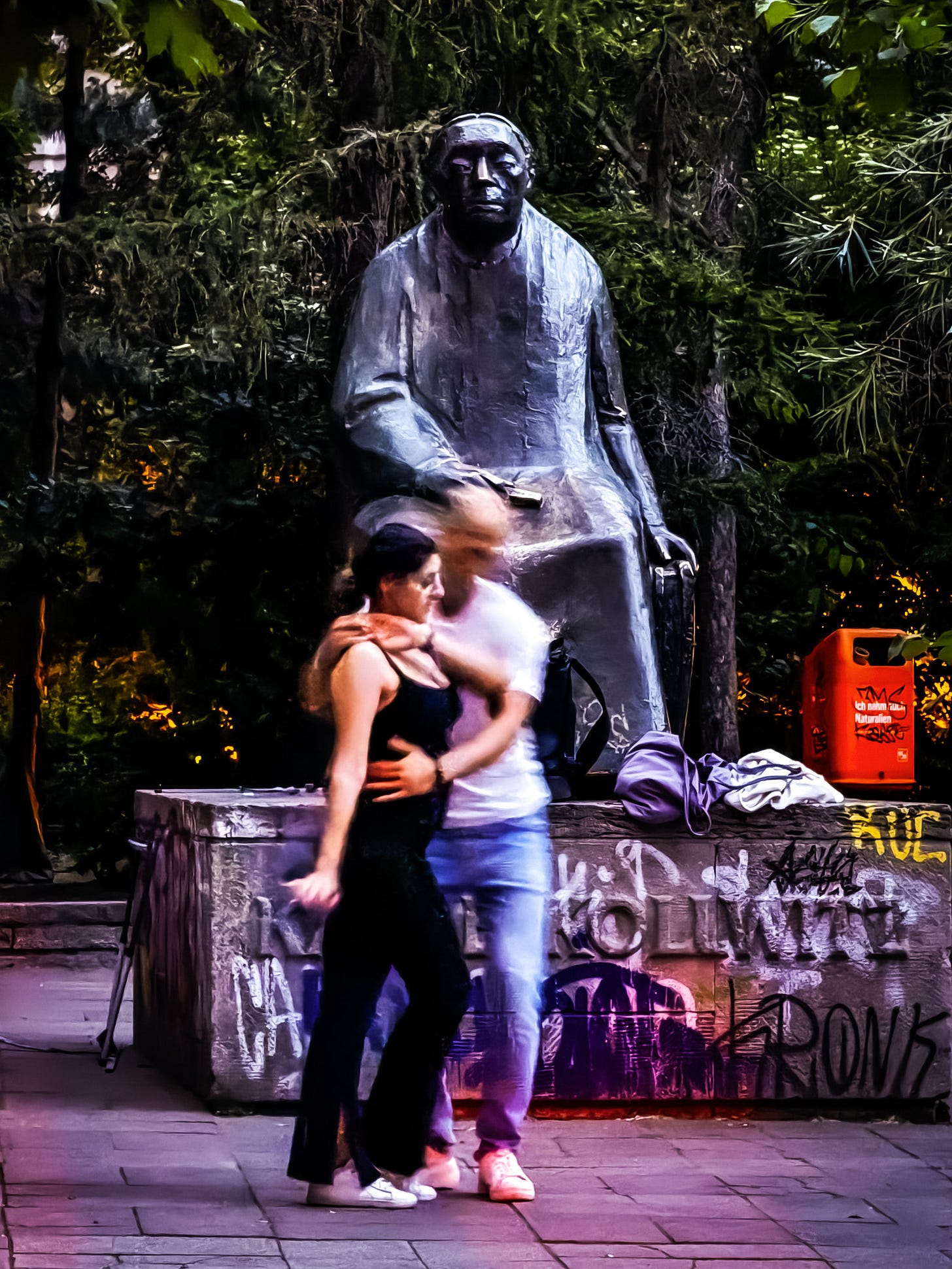A Week in Berlin
Berlin is chill. The city has a vibe, and that vibe is chilled. Here are all the reasons you should go.



“Berlin is a laboratory,” writes John Kampfner. “Even people who have spent brief periods in the city feel it is part of their lives… When you ‘get’ Berlin, it seeps into your skin.”
Too right. Spend a week in the city, and Berlin offers one of the most engrossing experiences of the European mainland, one where the citizens have synthesized the historical past into a rather giddy present, a present that upends expectations.
Berlin’s new Brandenburg airport might consider placing a slogan at the Arrival gate. It should read: “Abandon preconceptions, all ye who enter here.”
For starters, Berliners are stylish, and have adopted the Mediterranean modus operandi of sitting outside cafes drinking coffee and spritzes, whilst watching the world go by.
When Spring arrives, after the long, hard winters, Berliners bloom in the public sphere. But even at Christmastime, when visitors arrive to the city to enjoy the famous Christmas markets, the socialising happens out-of-doors, and the fierce cold is kept at bay by Glühwein and Käsespätzle and other classic German street food.
This is just one of the surprises when visiting the city. Aren’t Berliners creatures of the night, soaking up hours of relentless techno beats in Berghain or the Kit-Kat Club, along with their drugs of choice after they have spent several hours standing in a queue just to get through the doors?
And isn’t German fashion meant to be analogous to the elusive German sense of humour, inexplicable to outsiders?
Well, no one has told the uber-fashionable crowd drinking iced V-60s in the uber-fashionable coffee shop Symple in Prenzlauer Berg, dressed in blocks of blues, greys, whites and blacks, yet dressed in the most restrained, nothing-to-see-here way.
On our first evening in the city, we walked to Tsomi, where an out-the-doors crowd were lapping up some truly fine Georgian cooking. On the way we passed through Kollwitzplatz, and marveled at Gustave Seitz’s memorial to the great artist Kathe Kollwitz, who lived for most of her life close to the park.
Kollwitz is not well known outside Germany, but her work is amongst the greatest art of the 20th century. In it, she searingly evoked Berlin’s history: the poverty of the pre-1914 years, the desolation of the Great War, the desperation of Weimar, the rise of National Socialism, up to her death in 1945. Her etchings, woodcuts and sculptures torment your mind once you have seen them. Seitz’s sculpture depicts a woman who has seen all too much.
After we had eaten well and drank beautiful Georgian wines, we walked back through the park, and paused for a few moments to watch as a couple danced elegantly and sensually in and around the statue of Kollwitz. It was like a scene from a romcom movie, except that it wasn’t.
It was another warm evening in Kollwitzplatz in Prenzlauer Berg, and a sweet couple were practising their moves around a statue dedicated to the artist whose most famous sculpture, Mother and Son, can be seen in the Neue Wache, on Unter den Linden. This astonishing pieta is one of the most-visited works in Berlin. It is tragic, mournful and visceral, and the siting is beautifully realised.
But it’s when you stumble upon a pair of dancers unselfconsciously weaving each other around a work dedicated to Kollwitz, that you understand another side of Kollwitz, in particular the beautiful, warm laughing face that she captured on a famous self-portrait of 1888.
That work is in the Kollwitz Museum, in Charlottenburg, and it contextualises the tragic aspect of her later work. Kollwitz’s laughing face looks like someone who has just seen a couple dancing around a statue in a park in Berlin.

Redefining Capital Space
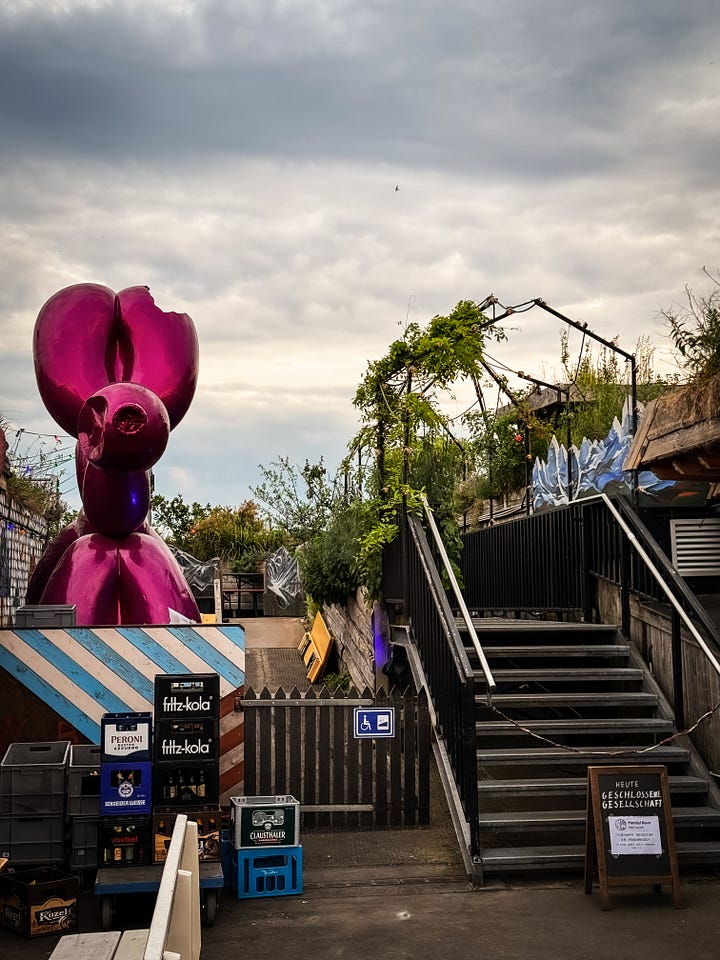



Berliners have a wonderfully collaborative concept of communal space. Actually, maybe the best description is co-operative, as various vendors and producers align together to make the best of beer gardens and roof tops and galleries, a little like our concept of farmer’s markets, but with permanent installations for food and drink. The cheek-by-jowl proximity means standards are high, as indeed they are across the city. One other unusual revelation is that lots and lots of people walk down the streets carrying and drinking from bottles of beer, so public drinking is commonplace. What is not commonplace, thankfully, is public drunkenness.
Why is Berlin so Cool?
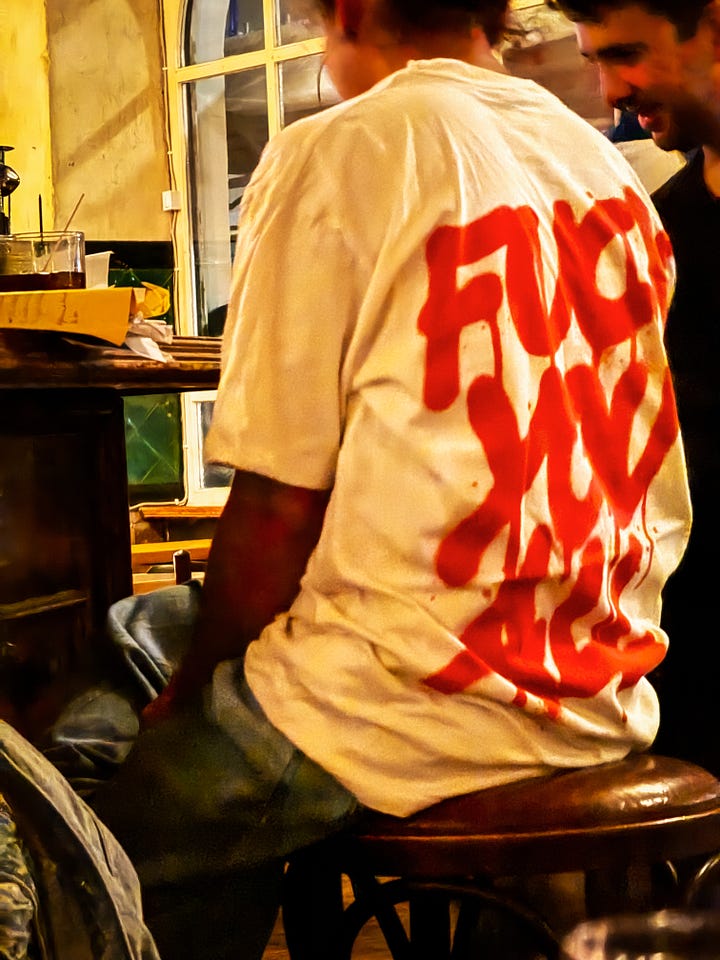



Techno music and the famous nightclub, Berghain, are two of the things that have made Berlin both famous, and cool.
But our 20-something resident son, PJ, says there is no way he would queue for hours to get into Berghain. “If you have a friend of a friend of a friend who is on a guestlist then, yeah, Berghain is definitely famous for a reason.
"But what I say to people who come here is there are literally hundreds of nightclubs in Berlin if you wanna go out and you don't have to wait: Ohm, Zur Klappe, Else and Oxi are some good ones you don't have to wait long to get into, but there's plenty.
“But there are also plenty of nice music bars in Berlin that are like sort-of-a mix between a bar and a club: Bohnengold, Repeat Bar and Club der Visionaere are three that I can think of off the top of my head.
“I think if you can enjoy music that’s not in English then German rap is incredibly underrated outside of Germany. There's plenty of good hip hop artists from all over Germany but Berlin probably has the best ones: Pashanim and BHZ would be my first recommendations to get into it. If you have the opportunity to go to a Deutschrap gig in Colombiahalle or – better – on May the 1st in the street, you would not regret it!”

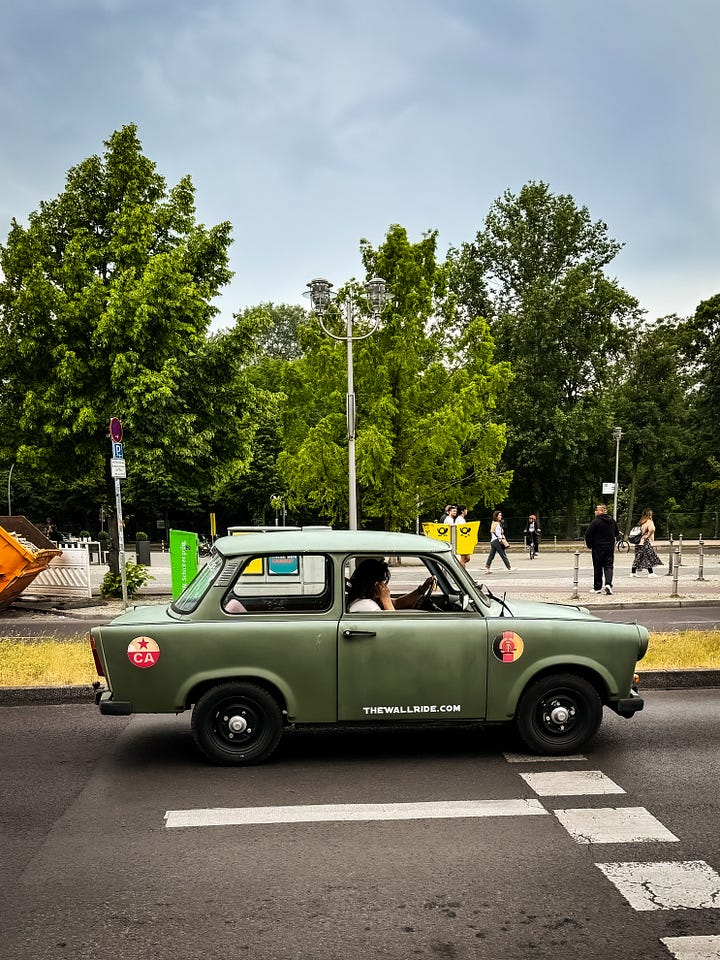
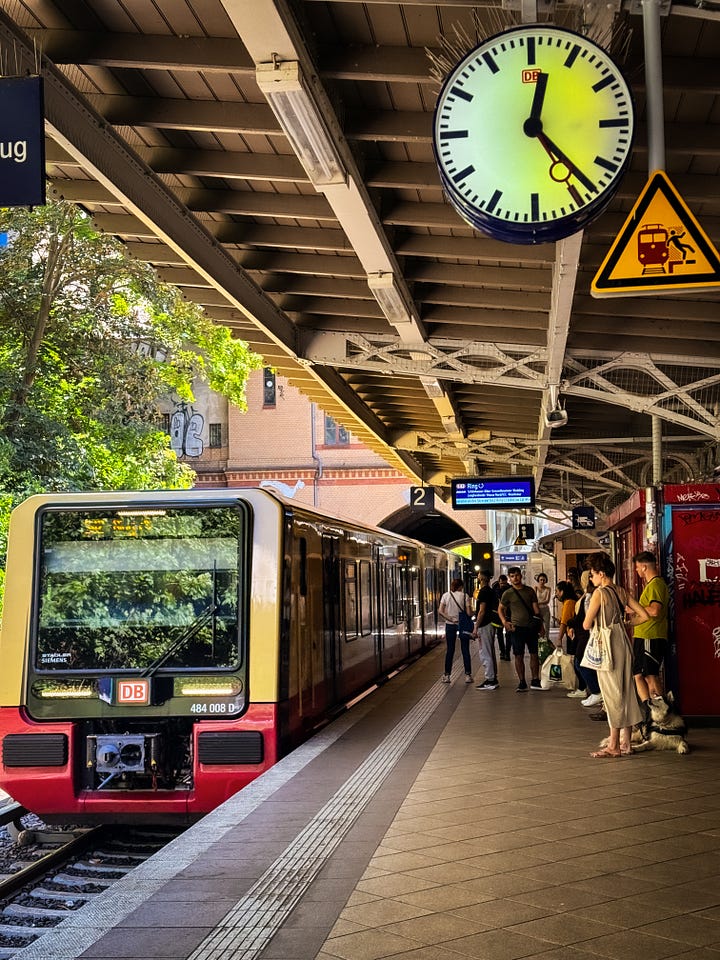

Eat, Drink, Stay and Explore Europe's uber-cool City. A Guide to Berlin’s food and drink.




